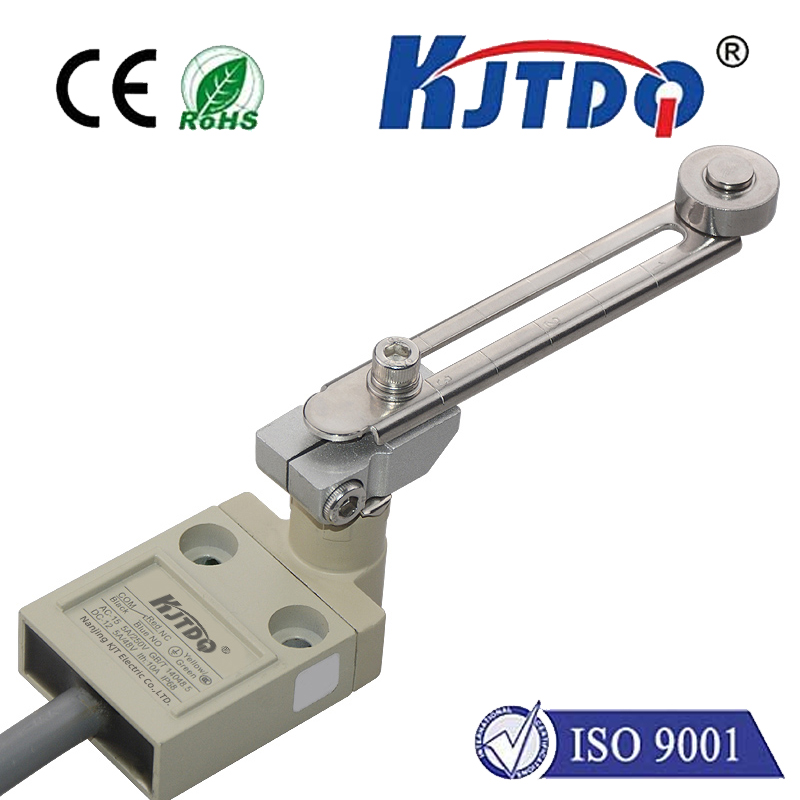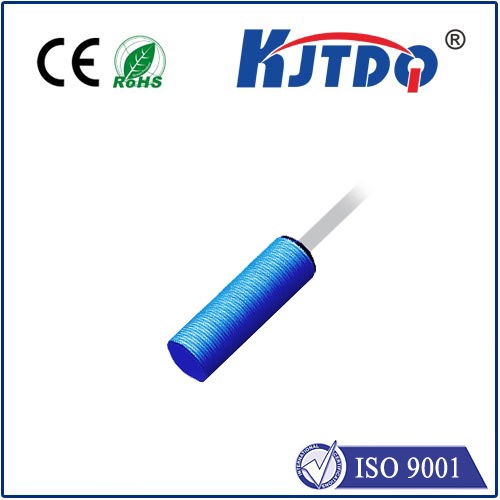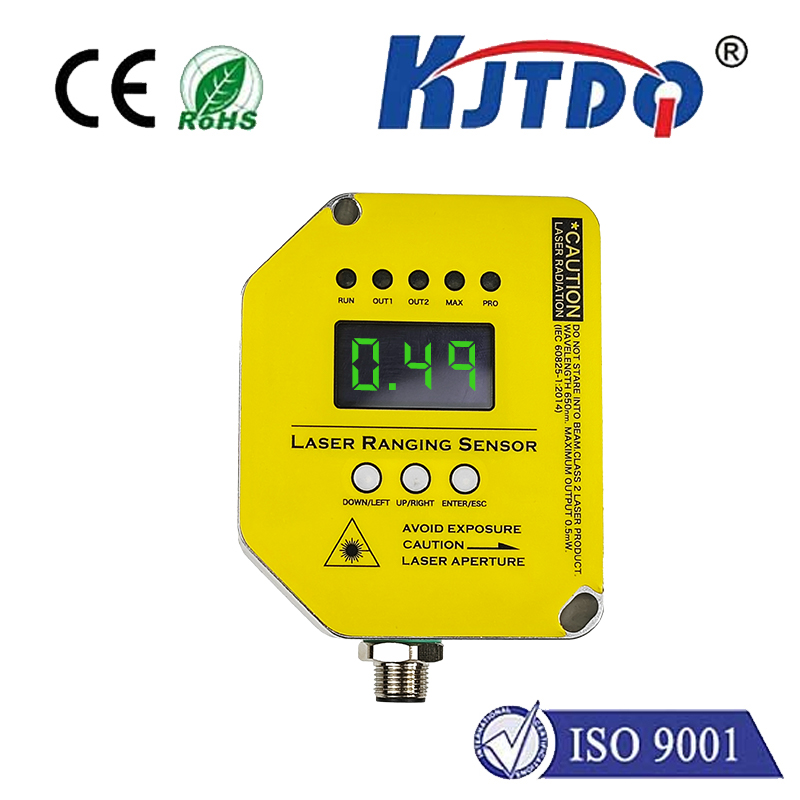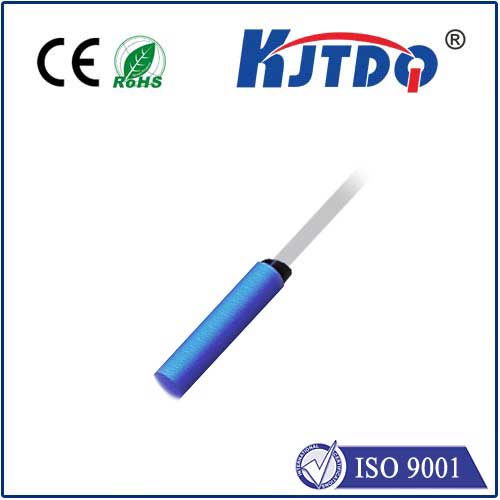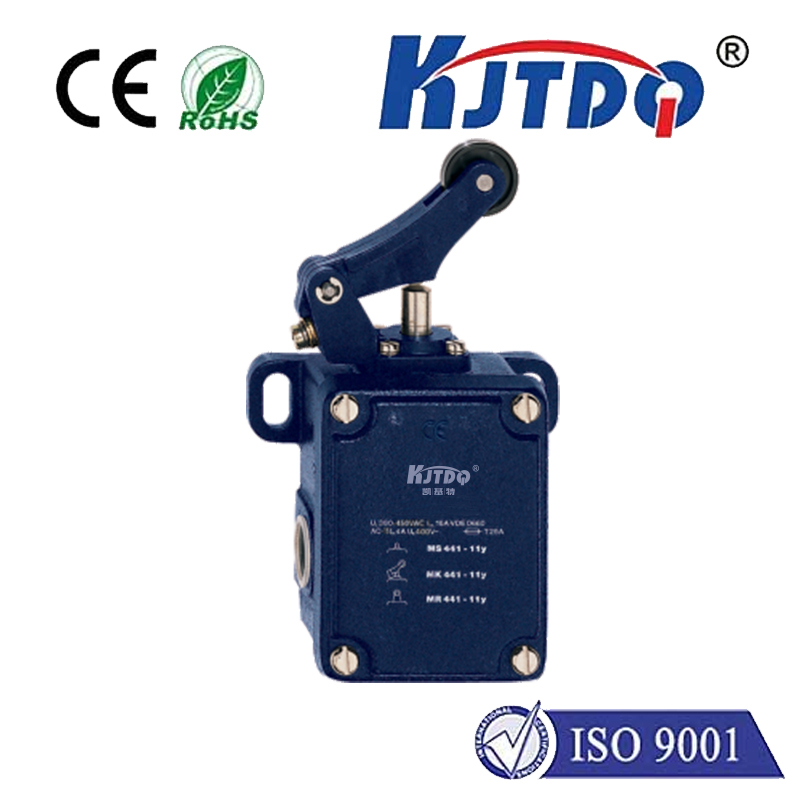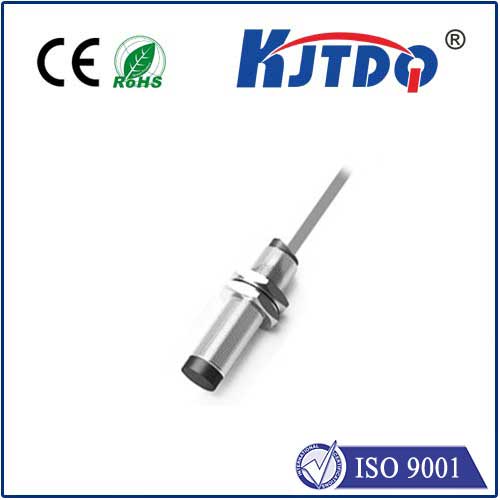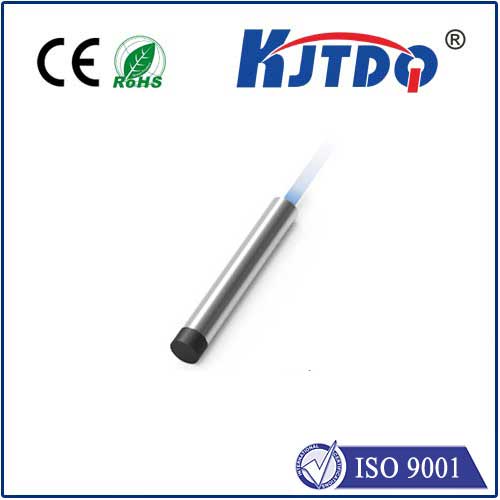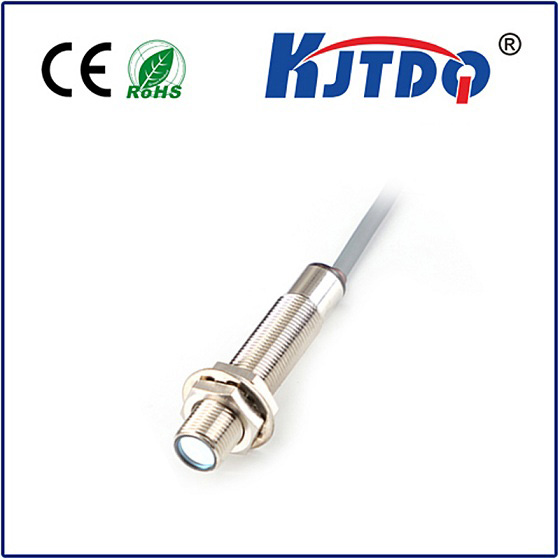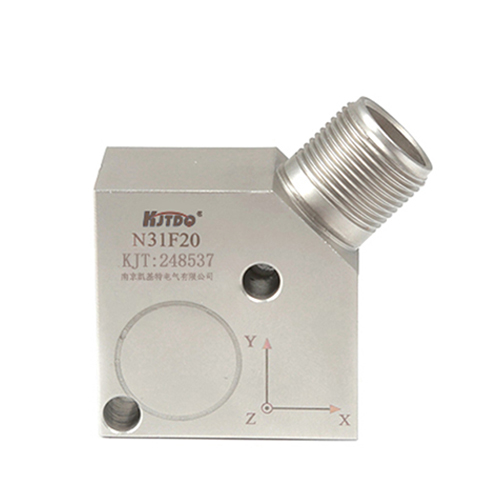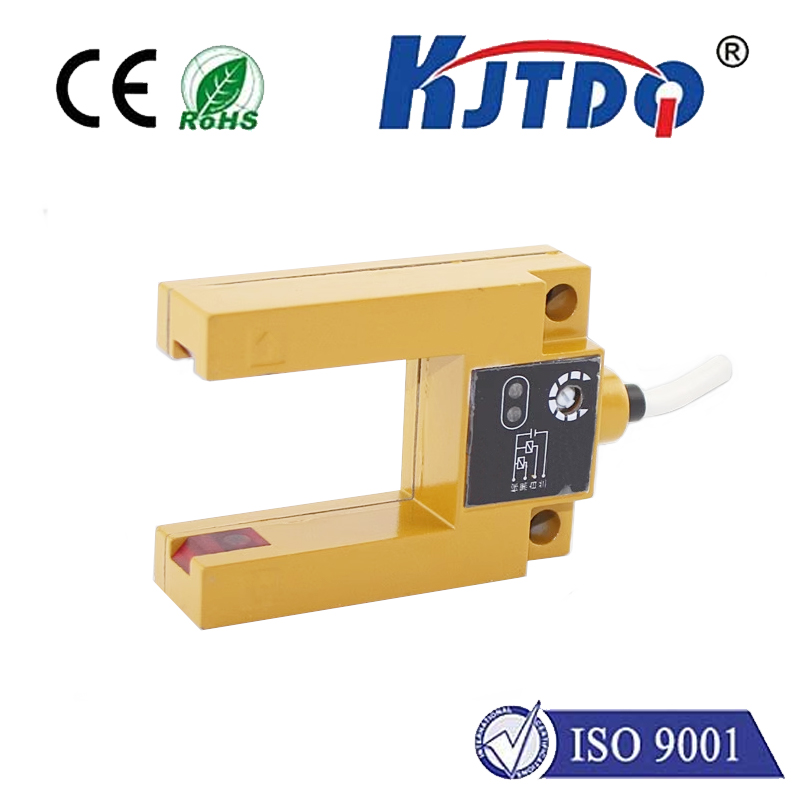

check

check

check

check

check

check

check

check

check

check
In our instantly gratified world, where knowing “right now” is often critical, accurately measuring temperature reliably remains a fundamental challenge. How do we reliably gauge the heat of an engine block, the core of a chemical reactor, or even the delicate environment inside a pharmaceutical incubator? Enter the contact temperature sensor – the often unsung hero providing precise, direct thermal data by physically touching the object of interest. This technology, seemingly simple in concept yet sophisticated in execution, underpins countless processes where accurate temperature control is non-negotiable.
Unlike infrared thermometers or thermal cameras that interpret emitted radiation from a distance, contact temperature sensors work on the principle of thermal equilibrium. When the sensor tip physically contacts a surface or is immersed in a fluid, heat energy flows between the object and the sensing element until their temperatures match. This direct thermal transfer forms the bedrock of their accuracy for surface temperature or immersion temperature measurements. They are the go-to solution when you need to know the exact temperature of a specific material, not just its external thermal signature.
The Science Behind the Touch: Core Technologies
Two primary sensing technologies dominate the contact temperature sensor landscape, each with unique strengths:
Thermocouples: These are workhorses of industrial temperature measurement. They operate on the Seebeck effect: when two dissimilar metals are joined at one end (the measuring junction) and exposed to a temperature gradient relative to the other end (the reference junction), a small voltage is generated. This voltage correlates directly to the temperature difference. Thermocouples are renowned for their wide temperature range (potentially -200°C to over 2000°C depending on type), ruggedness, fast response time, relatively low cost, and simplicity. They are ideal for harsh environments like furnaces, engines, and exhaust systems. However, they generally offer slightly less absolute accuracy compared to RTDs and require careful cold-junction compensation.
Resistance Temperature Detectors (RTDs): RTDs rely on a predictable principle: the electrical resistance of a pure metal wire (typically platinum, Pt100 or Pt1000 being most common) increases as its temperature rises. By precisely measuring this resistance change, the temperature is determined with excellent accuracy and stability. RTDs are celebrated for their high accuracy and repeatability over a narrower range (typically -200°C to around 600°C for standard types) compared to thermocouples. They provide more linear output and superior long-term stability, making them preferred for laboratory work, process control requiring high precision, and critical HVAC applications. Their main drawbacks are slower response times than thermocouples and higher cost.

Beyond these, thermistors (temperature-sensitive resistors, often ceramic-based) are also contact sensors. Negative Temperature Coefficient (NTC) thermistors are highly sensitive over narrow ranges (e.g., medical devices, battery packs), while Positive Temperature Coefficient (PTC) thermistors are often used for over-temperature protection.
Where Direct Contact Makes the Difference: Key Applications
The versatility of contact sensors makes them indispensable across diverse sectors:
Advantages of Going Direct: Why Choose Contact Measurement?
The choice for a contact temperature sensor is driven by several compelling benefits:
Understanding Limitations and Selection Criteria
While powerful, contact sensors aren’t universally ideal. Key considerations include:
Selecting the right contact temperature sensor hinges on answering key questions: What is the target temperature range? What accuracy and stability are required? What is the measurement environment (pressure, chemically aggressive, vibration)? Is fast response critical? What is the nature of the material being measured (solid surface, liquid, gas)? What are the installation constraints and mounting options? How critical is long-term stability versus cost?
Implementing Effectively: Beyond the Sensor
Accuracy extends beyond the sensor itself. Signal conditioning (amplifiers for thermocouples, current sources for RTDs), high-quality wiring (especially for low-signal thermocouples, shielded cables to minimize electrical noise interference - EMI), and appropriate transmitters or data acquisition systems are crucial components of a reliable measurement chain. Furthermore, calibration against traceable standards ensures readings remain trustworthy over time.
Whether it’s ensuring your car engine doesn’t overheat, guaranteeing the purity of a pharmaceutical drug, or optimizing the efficiency of a massive power plant, contact temperature sensors provide the essential, direct thermal intelligence that modern systems and processes demand. They offer a robust, accurate, and versatile solution for countless scenarios where knowing the exact temperature at the point of contact is fundamental to success, safety, and efficiency.
